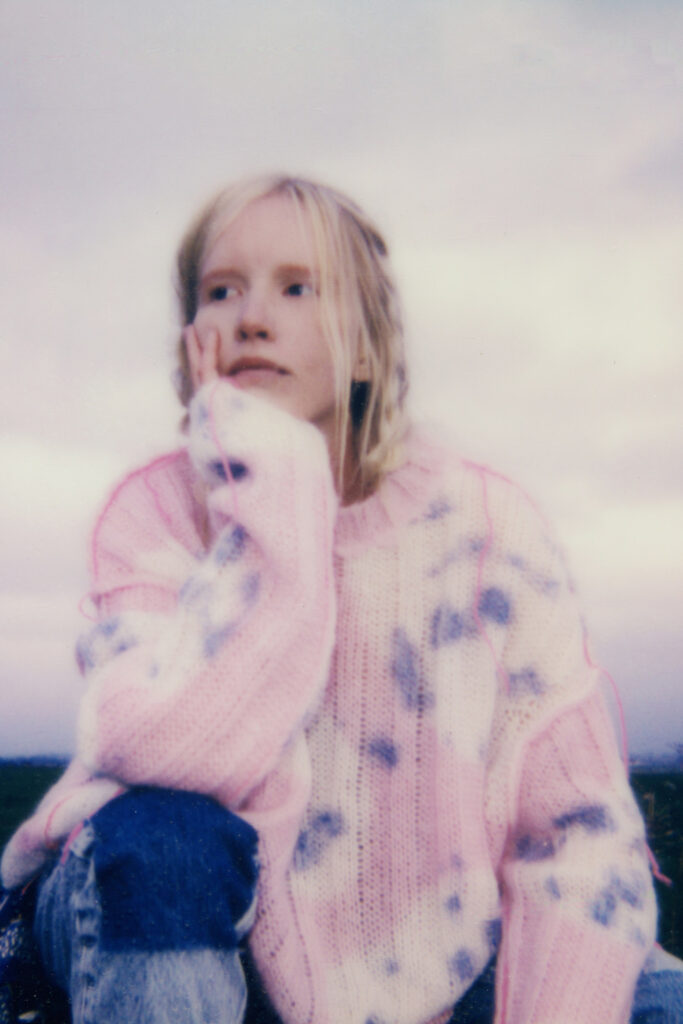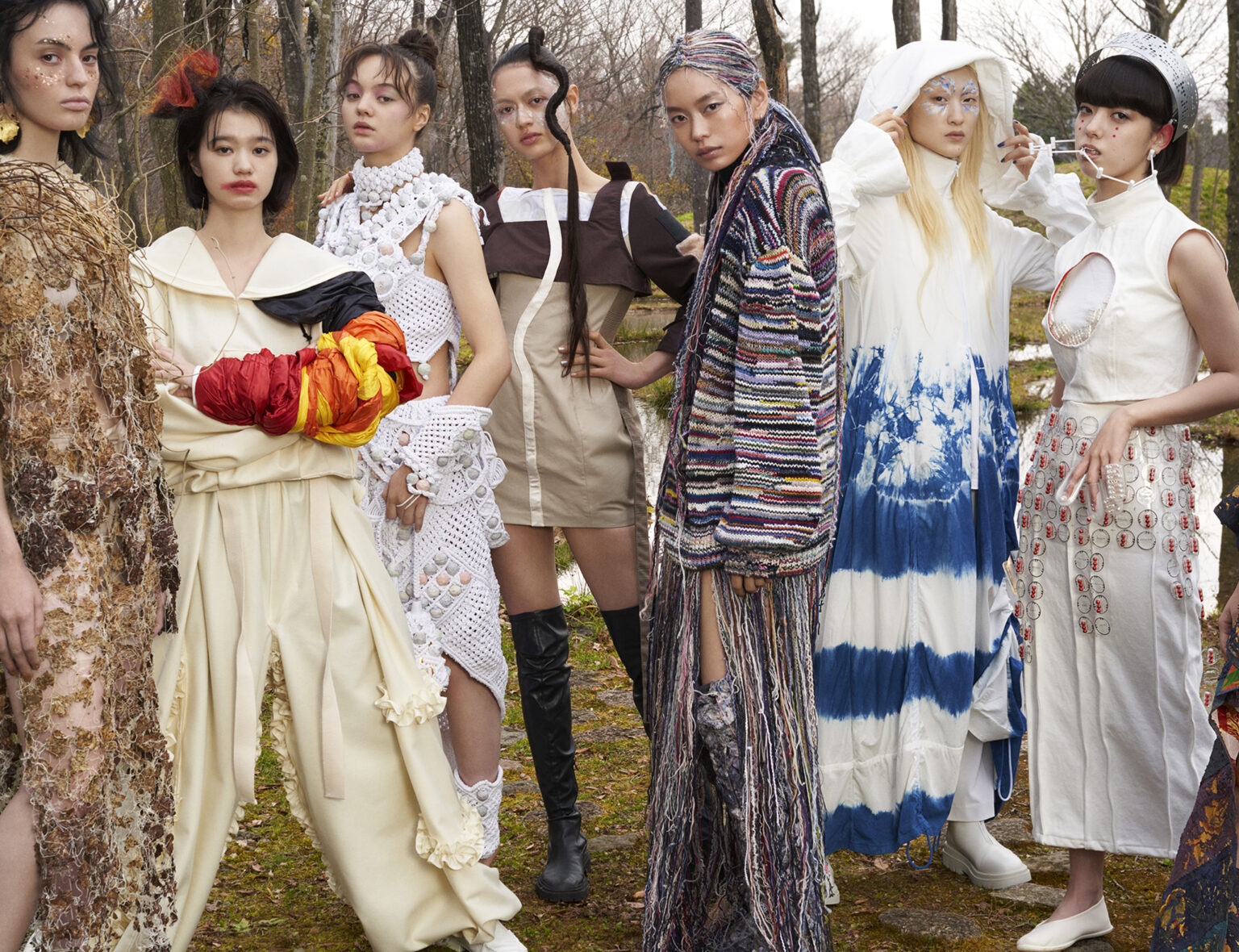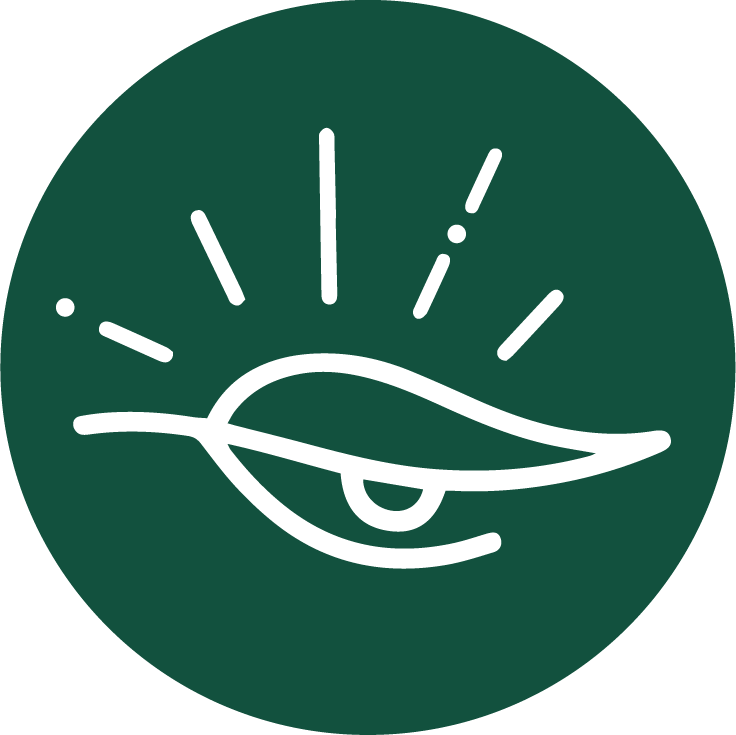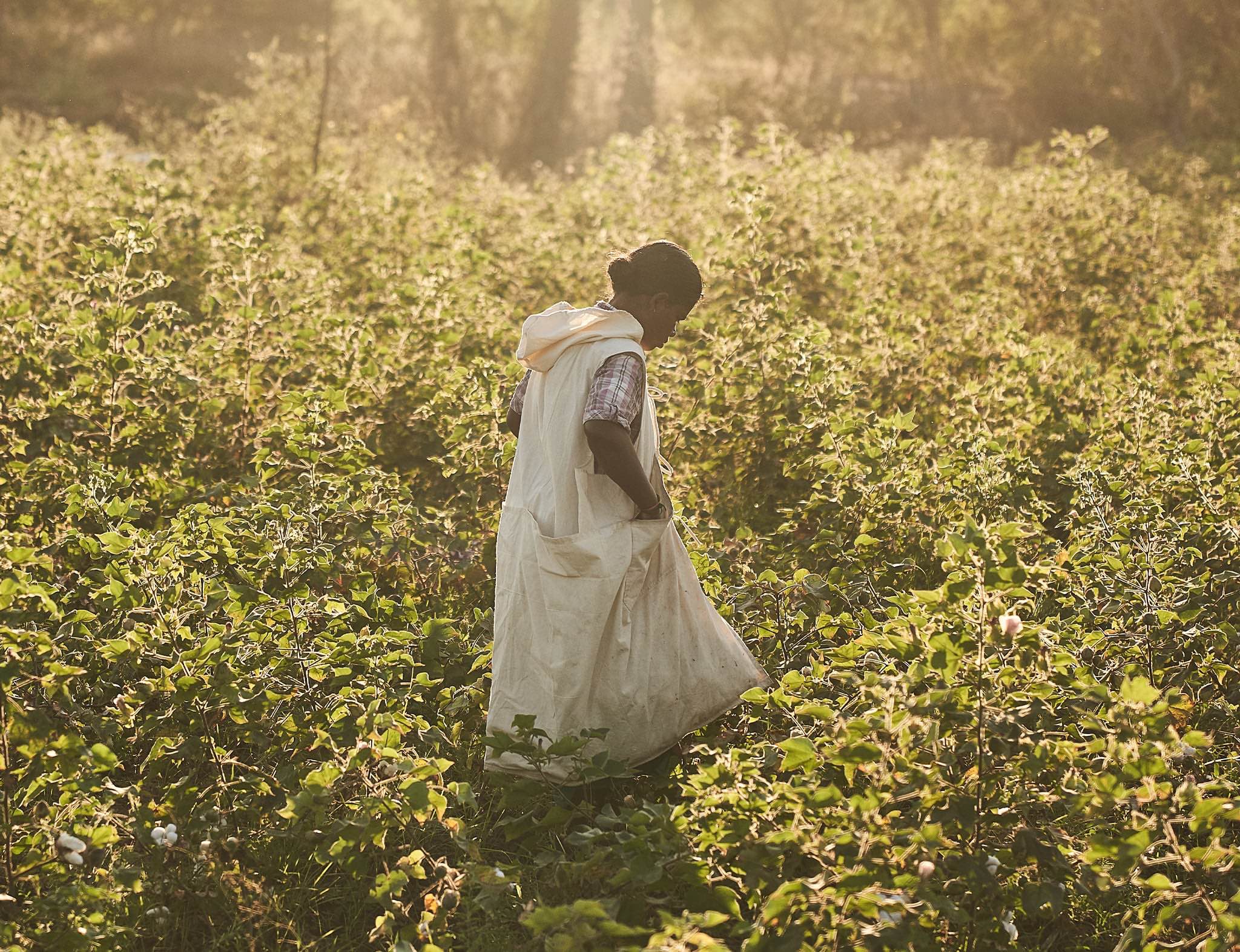The fashion industry as a whole is ever-changing, so attempting to pin down one evergreen definition for categories like sustainable and ethical fashion is futile. For example, you may prioritize living wages and safe working conditions. But there is so much more that can be classified as "ethical." Others may value second-hand clothing more than ethically made garments. Perhaps vegan clothing is your top priority. It's difficult to define when not everyone has the same values. Because the movement is still learning and growing.
Casey ChanRedefining Fashion: A Way Forward | Casey Chan

Fashion is a reflection of our culture and has the potential to shape our future. We are living in a time where culture will be shaped by climate and what fashion brings to the table is substantial. The industry has an opportunity to demonstrate how creativity and respect for boundaries can lead to authentic sustainability and new ethics.
Terms like ‘sustainable fashion’ and ‘ethical fashion’ are losing meaning, leaving consumers overwhelmed and easily susceptible to greenwashing. Fashion companies must provide clear information on how, where, and by whom their clothing is made.
While ethical fashion is focused on garment design, production, and distribution of every step, from seed to garments that focuses on reducing harm to people. Sustainable fashion is to establish an environmentally and socially conscious fashion industry from its finances to its environmental features.


“Since each individual has diverse values, we have an opportunity to define what is morally correct for us as individuals and as a community.”
Vague messaging quickly breeds consumer distrust; therefore, fashion brands must get specific. We should allow ourselves to define what fashion would mean to us during this climate crisis, based on our own set of values and have brands commit to transparency rather than buzzwords. The fashion industry as a whole is ever-changing, so attempting to pin down one evergreen definition for categories like sustainable and ethical fashion is futile. For example, one person may prioritize living wages and safe working conditions. But there is so much more that can be classified as “ethical.” Others may value second-hand clothing more than ethically made garments. Perhaps vegan clothing is your top priority. It’s difficult to define when not everyone has the same values. Because the movement is still learning and growing.

In 2022, using recycled materials became a popular trend, which is good news for the environment because clothing has the fourth-highest environmental impact in accordance with WRAP (Waste and Resources Action Plan). Every year, over 300,000 tonnes of clothing end up in UK landfills. Furthermore, rental and second-hand clothing was also taking the lead. Buying used clothing is not a new concept, but its popularity as a fashion trend is astounding. The secondhand clothing market is expected to grow 127% by 2026, three times faster than the global apparel market overall, according to the US online thrift store Thredup.
On the other hand, diversity, equity, and inclusion (DEI) initiatives are also progressing. This term is commonly used across industries when assessing workplace diversity. The truth is that diversity matters because it not only encourages creativity and the exchange of opposing ideas, but it is also critical for representation.
However, there is more to be accomplished in the field of adaptive fashion. Accessible and wearable clothing is also required for people with disabilities. Nonetheless, adaptive fashion is still considered an untapped market.
When it comes to fashion, there are always capitalistic gains to be made, but when demand is used for something good and beneficial, it can bring a lot of satisfaction.
Providing adaptive clothing to people with disabilities can be viewed as a form of empowerment and minority representation. Brands could become more inclusive and be perceived as having diversity as a gimmick, which is beneficial both for the brand and the community. Inclusion transcends diversity.

A circular economy is another way to reduce waste. This model promotes the reuse and recycling of previously used materials and products. The fashion industry is also responsible for a fair share of the global plastic production, owed in large part to the industry’s reliance on petroleum-based polyester.
Micro-plastics are already entering our bodies through what we consume. It is important to reflect on the necessity of plastic when it comes to clothing.
It should be completely eliminated and we should instead choose to recycle and reuse. For example, Tentree is known for using TENCEL lyocell and recycled polyester to make loungewear and athleisure. Girlfriend Collection is an activewear brand which creates non-toxic, Standard 100-certified leggings and yoga pants out of recycled polyester and nylon from recycled fishing nets.
Businesses may have pledged to reduce or neutralize their carbon footprint, but the necessary structures and transparency obligations to hold them accountable do not exist. The production of clothing made from fossil fuels is expected to increase over the next twenty years. Reducing carbon emissions across the industry would necessitate a complete overhaul of the supply chain. Another enabler of the current challenges is low labor costs. Only 2% of garment workers worldwide earn a living wage. Elizabeth Cline, advocacy and policy director at the nonprofit Remake mentions, “this leads to larger, systemic problems, such as overproduction and consumer waste.”. The efficient use of data and technology contributes to a sustainable future. For example, AI has proven vital to reducing greenhouse gas emissions. According to PwC UK, this will enable precision agriculture, improved weather and disaster prediction and response, and more. PwC estimates that AI could reduce global greenhouse gas emissions by 4% by 2030.

To tackle the climate problem brought on by human activity, vegan fashion is raising awareness for a sustainable planet and encouraging individuals to reevaluate their lifestyle choices. Animal welfare is not given first concern while producing clothing for the fashion industry. Animals are increasingly viewed as commodities for their skin or fur rather than as living beings. The majority of people are aware of the inhumane methods of mulesing used in the production of wool or the subpar conditions for animals in fur farms. This is incorrect because many animals are kept and slaughtered primarily for their hides. The fashion industry kills billions of creatures every year, for fashion. Pelts and skins are used to make apparel accoutrements similar to fur, hair, leather, down, and silk.
Fortunately, more conscious consumers choose to buy apparel that does not contain animal materials. They understand that fashion can be swish, high-quality, and animal free.
“Compassion towards animals deserves to be added as a UN Sustainable Development Goal because it is an issue of justice and science that is tied to some of the most harmful industries on the planet.”
Joshua Katcher,
Fashion entrepreneur and activist
Animal-derived products are unethical and beget unrecoverable damage to the terrain. Vesture products have doubled over the last 15 times to meet consumers’ demand and they’ll increase by five times by 2050. Fashion events in cities like London, Amsterdam, and Melbourne have banned fur, while Helsinki has gone one step further and banned both leather and skins.
To meet the cloth fibre and other needs of the Earth’s growing population, fibre products must triple in size by 2050. It’s time to say goodbye to animal-derived products in your closet. According to PETA, some aspiring vegan and cruelty-free brands are Harvest & Mill, SUSI Studio, Native Shoes and Della. To make sure the things you’re buying are truly devoid of animal ingredients, look for the PETA-approved vegan logo.

We are responsible for creating new values, we can mirror how we act as individuals to benefit the community. It is up to us to define and explore the future of fashion. We must allow ourselves to define fashion based on our own set of values, and demand that corporations commit to transparency rather than trendy catchphrases. Fashion designers are a medium through which we can express our values. At the end of the day, it is the customers’ actions that matter. Designers do not lead the fashion trends, we do. Let us define what it means to live a healthy fashionable life.
Written by Casey Chan @KixCasey
Featured Photographers Phalanvita Madhyala @Phalanvita.M
Cottonbro Studio @Cottonbro




